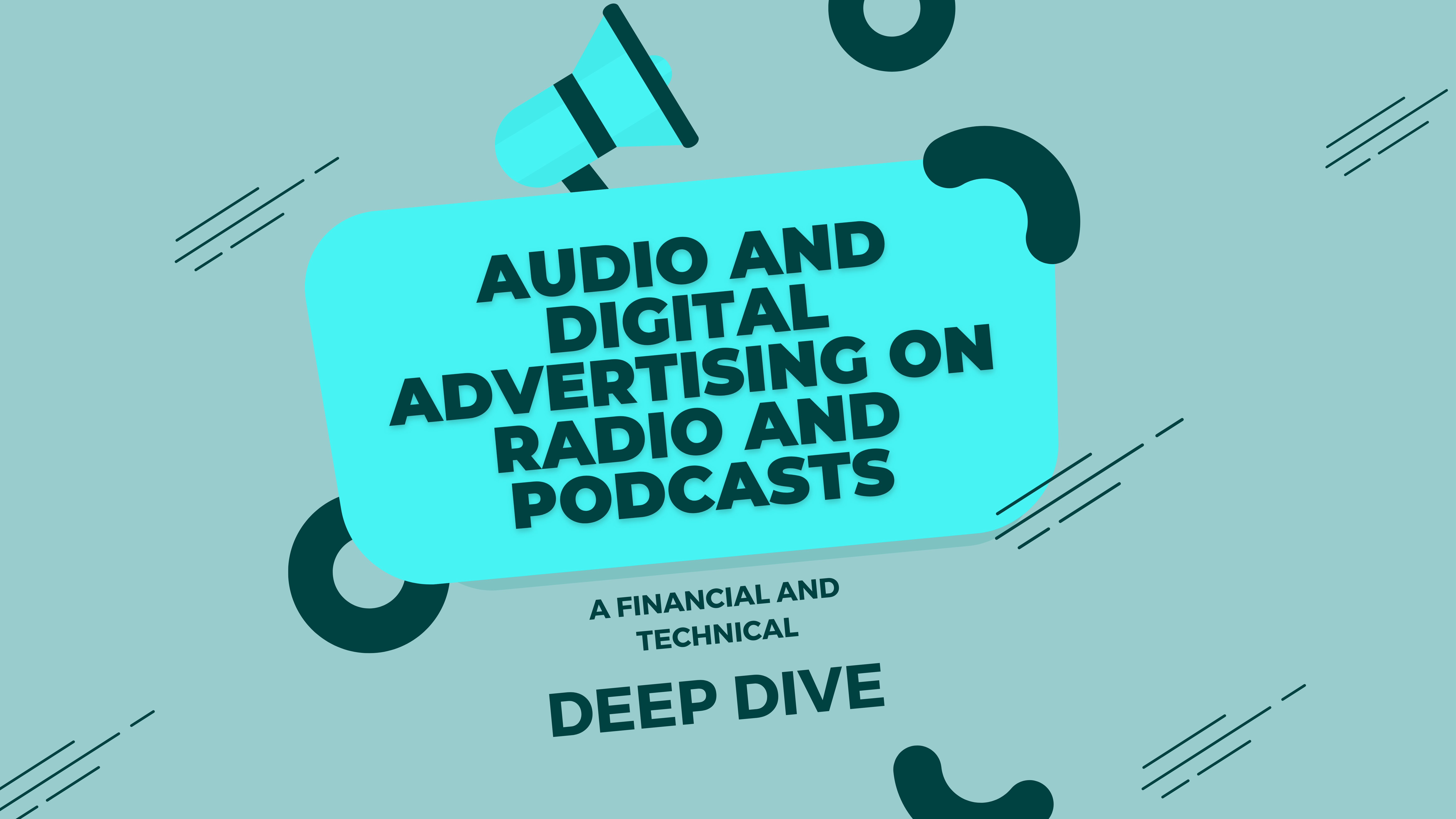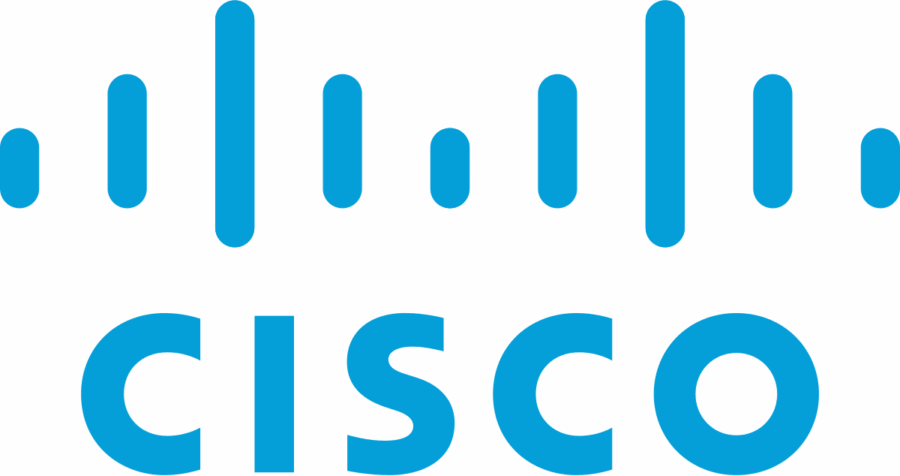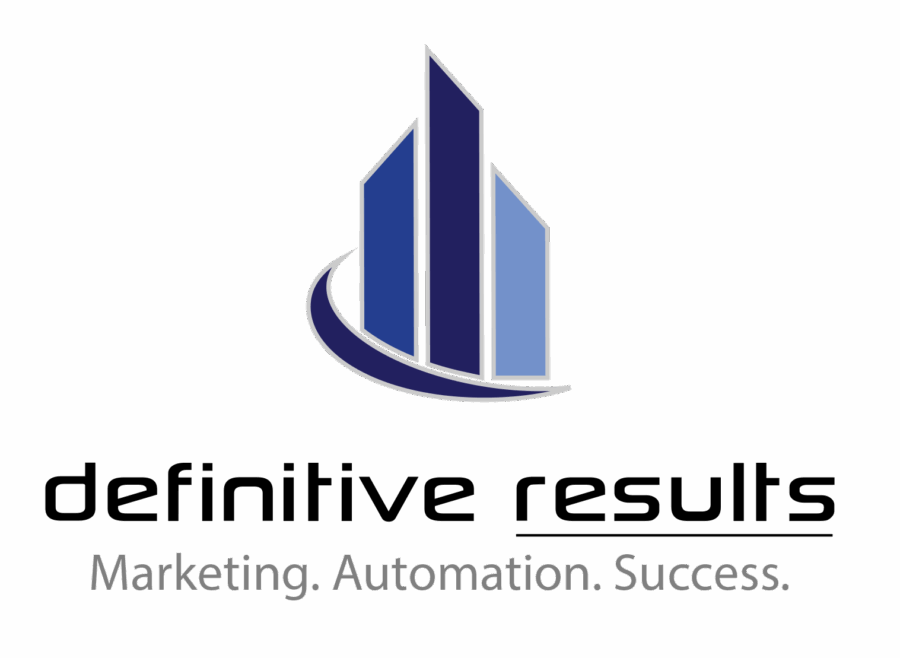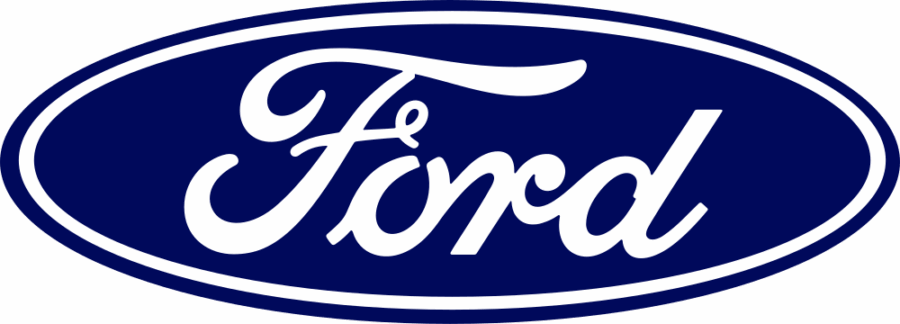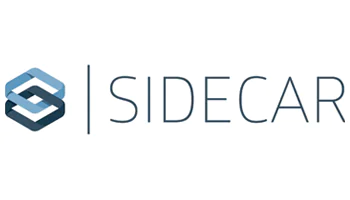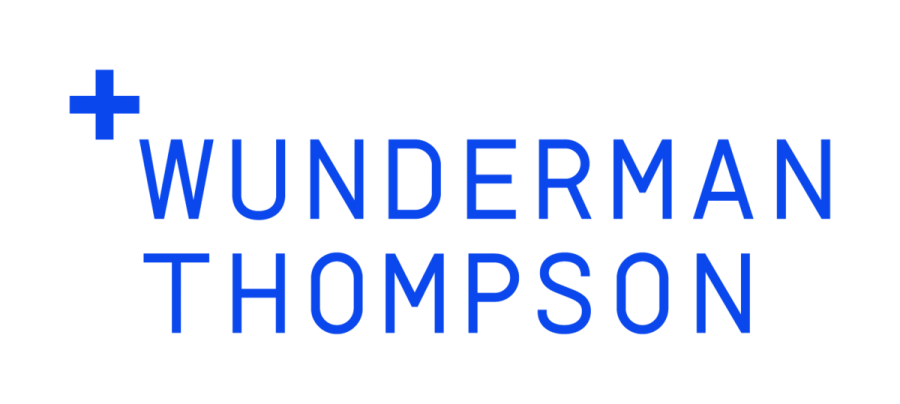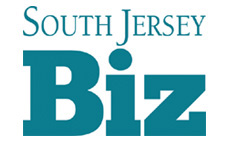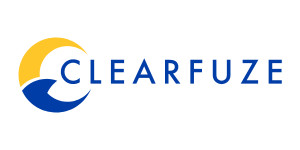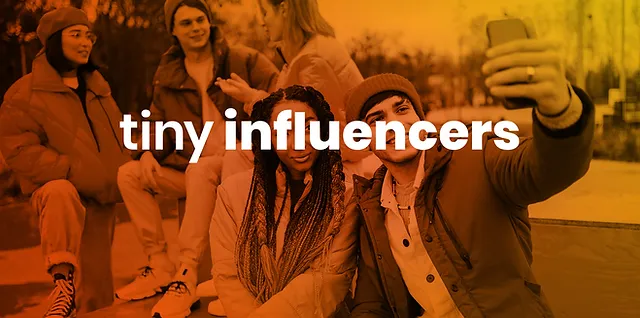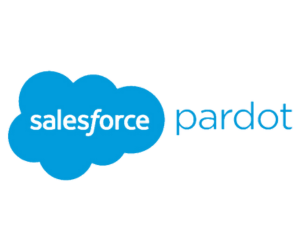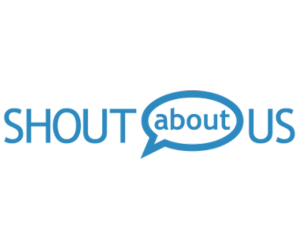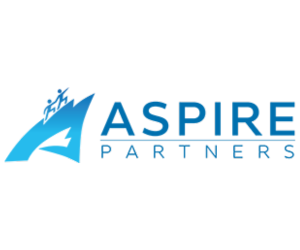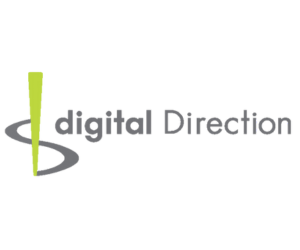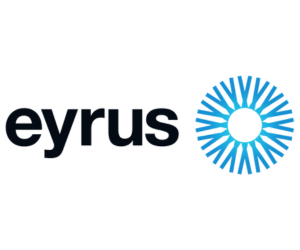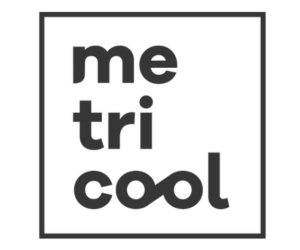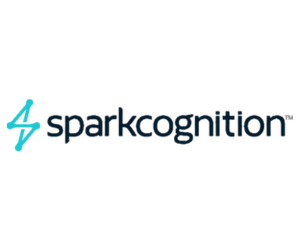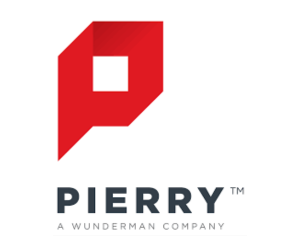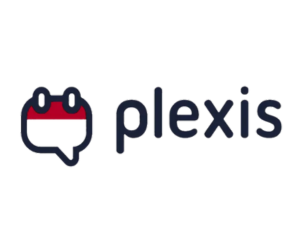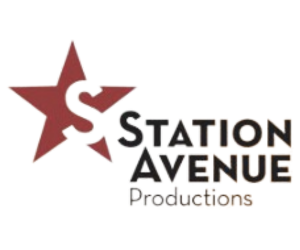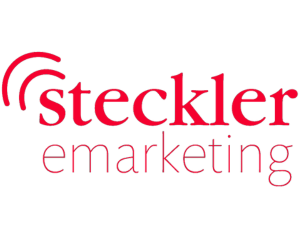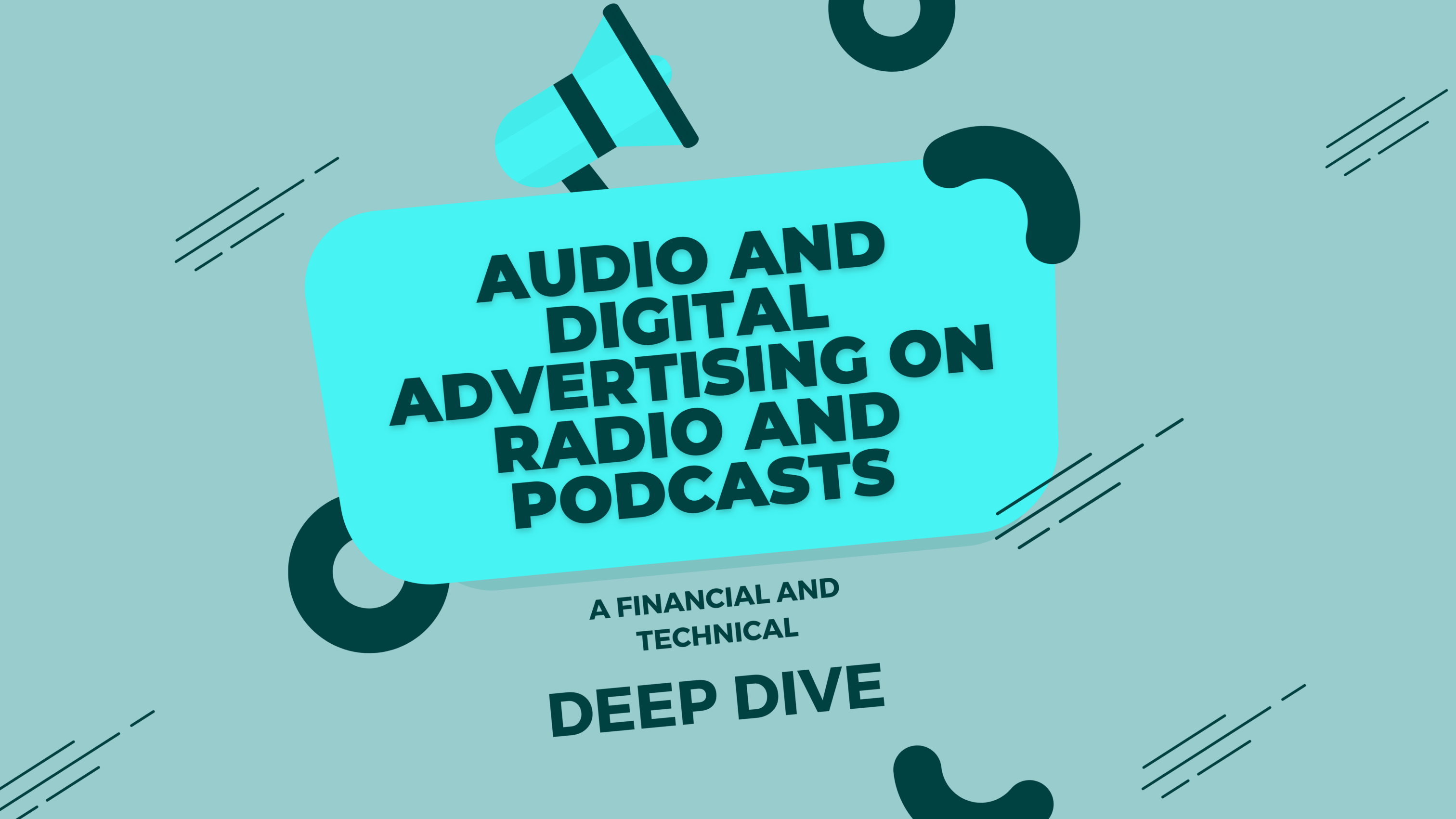
In the age of on-demand content, the world of audio advertising is booming, with traditional radio joining forces with digital mediums like podcasts. These channels offer a unique blend of reach and engagement, where well-targeted campaigns can yield strong returns. However, audio advertising requires a sound strategy built on a foundation of data and technological sophistication. This guide explores the financial incentives, technical considerations, and best practices for maximizing your advertising impact on both radio and podcast platforms.
The Financial Appeal of Audio Advertising
Audio advertising on radio and podcasts presents a unique financial appeal for businesses seeking effective reach without a hefty price tag. Unlike traditional digital advertising, audio platforms allow brands to connect with engaged audiences through authentic storytelling and memorable messages. By understanding the financial advantages of this medium, companies can better allocate resources and achieve substantial returns.
- Cost-Effective Reach
Radio and podcast advertising are particularly cost-effective due to their potential reach. Radio boasts over 244 million listeners weekly in the United States alone, while podcasts attract an increasingly loyal audience that now surpasses 100 million monthly listeners. For brands, these audiences represent an opportunity to achieve widespread brand recognition at a fraction of the cost associated with high-stakes digital platforms like video or social media. - Targeted Demographics and Higher Retention
The personalized nature of podcasts allows for hyper-targeted ads that can drive high engagement levels. Additionally, both radio and podcasts offer demographic-specific targeting, enabling brands to reach audiences that are often more loyal and likely to convert. Research shows podcast listeners tend to complete 80-90% of a given episode, making these environments conducive to deep message retention. - Attractive CPM and Cost-Per-Lead (CPL) Models
Radio and podcasts often work on a CPM (cost per thousand impressions) basis, which can vary by market and show popularity but generally remains competitive with other media channels. Podcasts, especially niche ones, offer a range of pricing models—from dynamic insertion of ads based on listenership metrics to host-read, premium-priced ads. For high-growth companies or niche product lines, these CPMs can translate to a lower overall cost per lead than more saturated digital advertising spaces.
Key Technical Elements Driving Audio Advertising
Technology has redefined how advertisers approach radio and podcast platforms, enabling precision and personalization at a scale once unimaginable. From dynamic ad insertions to real-time programmatic buying, modern technical innovations allow brands to tailor their messages and meet audiences exactly where they are. Below, we explore the technical factors transforming audio advertising.
- Dynamic Ad Insertion (DAI)
Dynamic ad insertion has revolutionized podcast advertising by allowing pre-recorded ads to be inserted based on real-time user data and preferences. This technology uses metadata from the user’s device, location, or listening history to present a highly relevant ad in real time. This format allows advertisers to tailor messages to different audience segments without having to create new content for each variant, optimizing both cost and message impact. - Real-Time Ad Bidding and Programmatic Buying
Radio advertising has traditionally required pre-planned campaigns, but today, programmatic buying allows advertisers to bid for audio spots in real-time. This real-time bidding (RTB) process automates the ad-buying journey, enabling precise targeting, efficient budgeting, and access to analytics on ad performance. Programmatic audio advertising has been expanding rapidly, particularly in the podcast space, where advertisers can target specific listeners with personalized content across different shows. - Voice AI and Interactive Audio Ads
As voice-enabled devices become more ubiquitous, voice AI has unlocked new potential for interactive audio ads. Brands can now create ads that allow listeners to respond in real-time, like placing a product order or scheduling a demo directly through the ad. These interactive ads often involve technology integrations with smart assistants (like Alexa or Google Assistant) and can increase engagement rates by reducing friction for the end user. - Tracking and Attribution Models
Audio advertising historically lagged in attribution accuracy, but advanced tracking tools are changing that. Today, tracking is achieved through pixel-based analytics, device ID tracking, and direct response tracking using unique URLs or discount codes. These tools help advertisers measure the precise impact of audio campaigns, capturing data on listener actions taken after hearing an ad. Additionally, new attribution models use probabilistic data to match podcast listeners with web visits or app downloads, thereby creating a clearer picture of ad-driven actions.
Best Practices for Effective Audio Advertising Campaigns
To make the most of audio advertising, brands need more than just an understanding of finance and technology; they need a well-rounded approach to campaign execution. By following proven best practices, companies can craft impactful campaigns that resonate with listeners and drive results. Here’s how to ensure your audio campaigns achieve maximum effectiveness.
- Choosing the Right Ad Format
Selecting between host-read ads and dynamically inserted ads can significantly impact ROI. Host-read ads, where the podcast host personally delivers the ad, create a more authentic experience and tend to perform well on engagement metrics. Dynamically inserted ads, meanwhile, offer scalability and can be easily swapped out depending on audience targeting needs or time-specific campaigns. - Integrating Data-Driven Targeting and Segmentation
Leveraging data for targeting in audio advertising means capitalizing on listener insights, including demographics, interests, location, and even device behavior. By using predictive data models, brands can identify listener segments more likely to engage and create personalized content for each. Both radio and podcasts now allow for some degree of segmented advertising based on this data, with podcasts typically offering even more granular targeting options. - Testing and Optimizing with Real-Time Data
A/B testing isn’t limited to display and search ads—audio campaigns benefit from testing, too. Some advanced platforms allow advertisers to test multiple versions of audio ads, adjusting for elements like ad length, script style, and even voice. For example, a brand could test whether a 15-second ad performs better than a 30-second ad or whether a conversational tone resonates more with a specific demographic. By leveraging real-time data from these tests, brands can refine ads to improve performance continually. - Budget Allocation for Podcast and Radio
Budgeting in audio advertising involves strategic allocation between radio and podcast channels. Brands often find that radio provides more local reach, while podcasts offer niche, high-value audiences. A mixed strategy helps achieve a balance between mass reach and targeted engagement, which ultimately optimizes ad spend and ROI.
Financial Metrics for Evaluating Audio Ad Campaign Success
Measuring the success of audio advertising requires careful attention to specific financial metrics. Understanding these key indicators allows brands to track ROI, refine their approaches, and demonstrate value in concrete terms. Below, we outline essential metrics for assessing the financial health of your audio advertising efforts.
- Return on Ad Spend (ROAS)
Return on ad spend is a critical metric in evaluating campaign effectiveness. By comparing ad revenue directly to ad costs, advertisers can quantify the value generated by each dollar spent. Platforms offering precise attribution metrics allow advertisers to track ROAS on a granular level, helping to adjust campaigns based on real-time performance. - Customer Acquisition Cost (CAC)
Audio advertising, particularly in the podcast domain, is effective in creating a low-cost customer acquisition funnel. By integrating unique codes, specialized landing pages, or “swipe-ups” on social platforms synced to audio ads, advertisers can assess the cost of acquiring each new customer through audio channels and compare it to other advertising channels. - Lifetime Value (LTV) Analysis
The loyalty of podcast listeners means advertisers often reach highly engaged users who become long-term customers. Analyzing the lifetime value of these customers versus those acquired through other channels can provide insights into the overall impact of audio ads on customer retention and brand loyalty. - Listener Engagement and Completion Rates
The time listeners spend engaged with an ad—particularly in podcasts—correlates with ad success. Platforms now provide completion rate data, allowing advertisers to see how many listeners hear the ad in its entirety. Engagement metrics are key, as higher engagement and completion rates typically lead to better brand recall and message resonance, both of which enhance campaign ROI.
Looking Ahead: The Future of Audio Advertising
As technology advances and listener habits evolve, the future of audio advertising promises even more opportunities for growth and innovation. By staying ahead of industry trends, brands can anticipate shifts, adopt new tools, and continue to connect with audiences in meaningful ways. Here’s a look at where audio advertising is headed and how your brand can prepare for what’s next.
Streaming and on-demand content continue to dominate the media landscape, and the role of radio and podcasts in the advertising ecosystem is poised to grow. Enhanced targeting capabilities, AI-driven ad personalization, and emerging voice technologies mean that advertisers can look forward to even more innovative ways to reach consumers in their daily lives. For brands looking to stay ahead, adopting a sophisticated approach that includes programmatic buying, dynamic ad placement, and detailed attribution tracking is essential to maximize financial and technical returns in the audio space.
Elevate your Advertising
As technology advances and listener habits evolve, the future of audio advertising promises even more opportunities for growth and innovation. By staying ahead of industry trends, brands can anticipate shifts, adopt new tools, and continue to connect with audiences in meaningful ways. Here’s a look at where audio advertising is headed and how your brand can prepare for what’s next.
Ready to elevate your audio advertising strategy? Let’s talk about creating powerful, data-driven campaigns that resonate with your audience and maximize your ROI. With my expertise in aligning marketing goals with technical precision, I’ll help your brand achieve meaningful results across radio, podcasts, and more.


